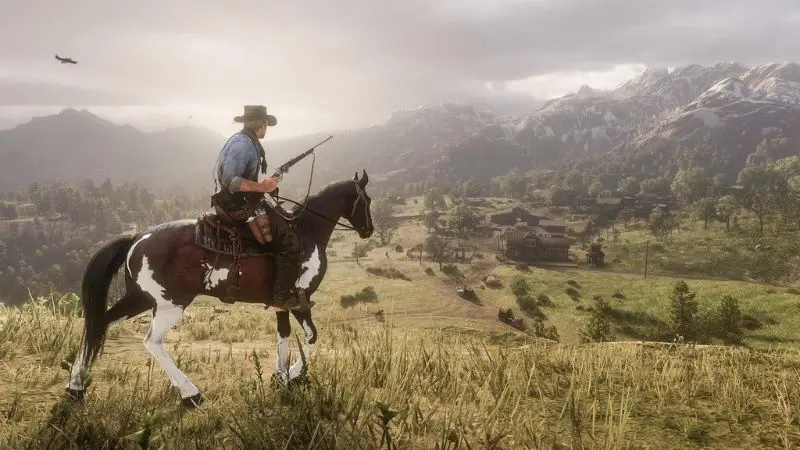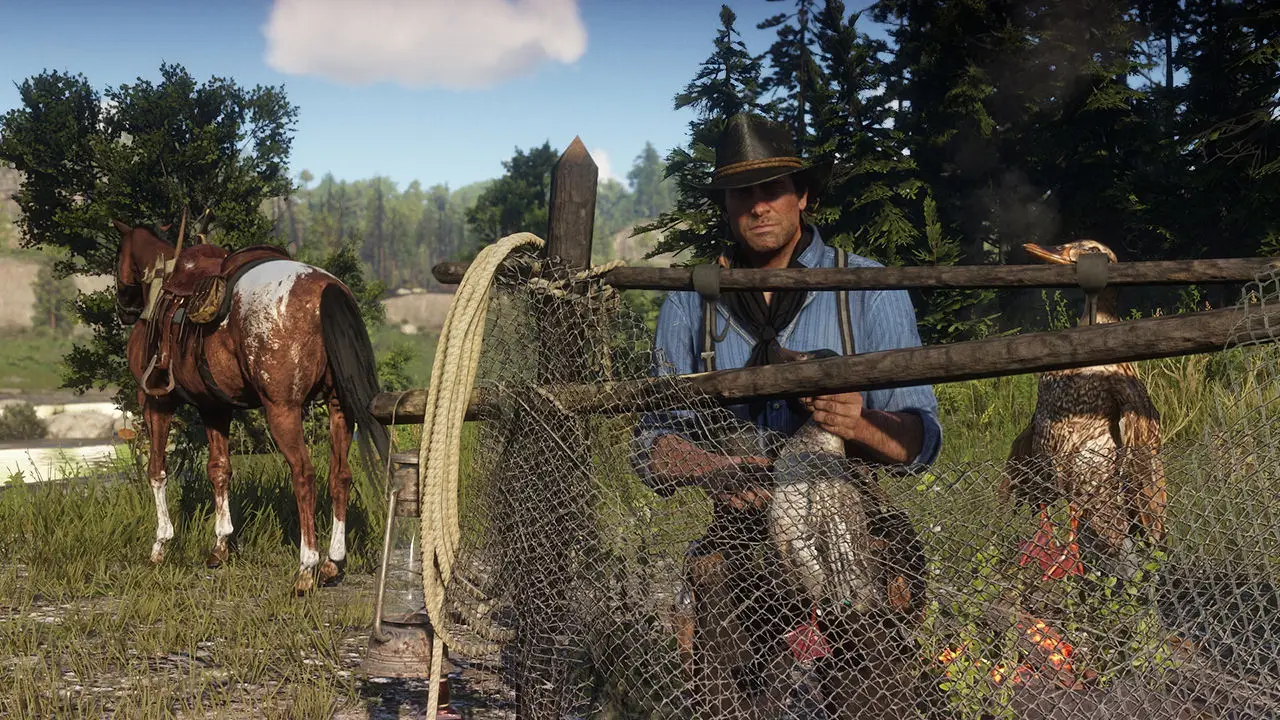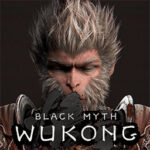Popular Now
Introduction
Hunting in Red Dead Redemption 2 is more than just a side activity—it's a core gameplay mechanic that weaves into the narrative, survival, economy, and crafting systems of the game. Players who overlook the importance of hunting miss out on a significant chunk of the immersive experience Rockstar Games has so meticulously designed. This article takes a deep dive into the hunting system in RDR2, breaking down how it works, how it evolves through the game, and how players can master it for both practical and narrative benefits.
The Role of Hunting in Red Dead Redemption 2
In RDR2, hunting is more than just shooting animals—it’s a multifaceted system that impacts multiple game mechanics. Whether you’re crafting new gear, earning money, or simply feeding your camp, the game encourages players to engage with nature in a meaningful way.
Hunting helps you bond with your environment. From tracking animals to learning their behavior, Rockstar created a believable ecosystem where predators roam, prey hides, and time of day or weather affects your approach. This depth makes the experience richer than in most open-world games.

Tracking and Studying Wildlife
Successful hunting begins with understanding animal behavior. Arthur can use Eagle Eye to track animals by their scent or droppings, and observing them helps catalog new species in the Compendium.
Different animals require different strategies. For example, deer are skittish and require stealth, while predators like cougars or wolves may ambush Arthur. Learning these traits adds tactical depth and reflects a growing bond between Arthur and the wild.
Weapon Choice and the Perfect Kill
Not all kills are created equal. To get perfect pelts, players need to use the correct weapon for each animal. For example:
-
Use a Varmint Rifle on small animals like squirrels or rabbits.
-
Use a Bow with improved arrows for medium animals like foxes or raccoons.
-
Use a Rifle with high accuracy on large game like elk or bears.
Using the wrong weapon can damage the pelt, making it unusable for crafting high-end gear or clothing.
Crafting Legendary Equipment
Legendary animals offer rare pelts that can be used to craft unique outfits and trinkets with gameplay benefits. These include stat boosts, slower stamina degradation, or improved dead eye regeneration.
To hunt legendary animals successfully:
-
Always study the map and clues given by the trapper.
-
Bring the right weapons and tonics.
-
Prepare for a challenge—some legendary animals are aggressive.
These hunts often become memorable side stories that enhance Arthur’s legend in the world.
Selling and Donating Animal Parts
Arthur can sell animal parts to:
-
The Trapper (for clothing)
-
The Butcher (for cash)
-
Pearson at camp (for provisions and gear)
Donating pelts and meat to the camp helps maintain morale and unlock upgrades like satchels and cooking tools. This ties hunting into the larger communal aspect of the Van der Linde gang, making it essential for progress.

Survival and Cooking Mechanics
Hunting also plays a major role in Arthur’s health and stamina management. Campfire cooking lets players prepare meals that restore stats or give temporary buffs. There are three types of meat preparation:
-
Plain (basic restoration)
-
Seasoned (with herbs like thyme, oregano, or mint for additional effects)
-
Special (unlockable recipes with stronger buffs)
Cooking regularly is crucial for long expeditions or preparing for combat-heavy missions.
Environmental and Seasonal Factors
The game’s ecosystem reacts to weather, time, and location. Some animals only appear in specific areas or times (like nocturnal predators), and snow or rain can affect tracking ability.
Knowing where and when to hunt becomes part of the strategy:
-
Swamps: alligators and birds
-
Mountains: goats, elk, and cougars
-
Plains: deer, bison, and rabbits
Each biome rewards different approaches and resources, enriching the exploration aspect of RDR2.
Challenges and Hunting Mastery
The Master Hunter challenge line offers specific tasks like skinning animals or killing predators without taking damage. Completing them unlocks:
-
Stat boosts
-
Gear
-
Achievements
These challenges also act as a tutorial for more advanced hunting mechanics and force players to experiment with new strategies.
Hunting and Arthur’s Morality
The game subtly links hunting to Arthur’s honor. Killing animals ethically (quick kills, using the right weapon) earns more positive outcomes. Slaughtering needlessly or wasting kills may affect NPC dialogue and Arthur’s inner reflections.
Rockstar uses this to further emphasize Arthur’s complex moral arc, especially as he grapples with mortality and legacy in the second half of the game.

Modding and Community Challenges
The RDR2 modding community has expanded hunting with:
-
Enhanced tracking systems
-
New legendary animals
-
Realism mods that introduce temperature, blood loss, and realistic animal AI
Additionally, players create custom challenges (like “bow-only hunting” or “vegetarian Arthur”) that push the limits of the system and increase replayability.
Conclusion
Hunting in Red Dead Redemption 2 is not just an optional side activity; it's a deeply integrated system that enhances immersion, survival, and storytelling. By understanding the mechanics—tracking, choosing the right weapon, using pelts wisely, and even considering morality—players can elevate their gameplay experience.
Mastering hunting adds depth to Arthur Morgan’s journey and makes the world of RDR2 feel alive in a way few other open-world games manage to replicate. Whether you're looking to craft the perfect outfit, feed your camp, or simply explore the vast wilderness, hunting offers a rewarding and memorable experience.



















